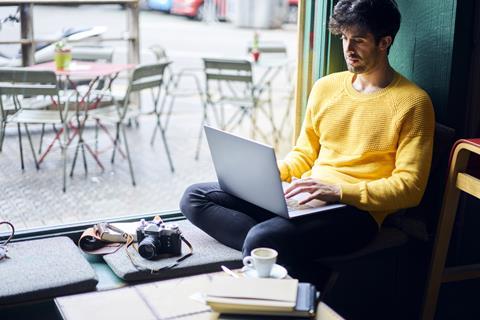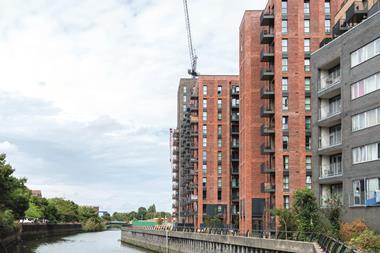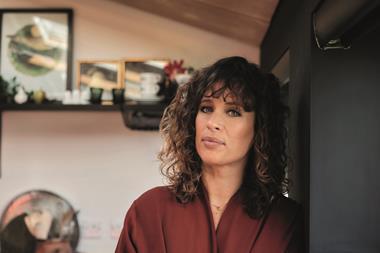While the great work-from-home experiment led to predictions of the death of the office, a hybrid model will evolve. My guess is that around 20% will work from home full-time, 20% will be full-time in the office, with the balance working in a hybrid fashion.

So while traditional workplaces will survive, they will be used more flexibly and valued for social interaction and creative working. The property sector therefore needs to think creatively about design beyond just desks, partitions and cwhubicles.
Houses will become hybrid homes/offices, so homebuyers will think carefully about what a home might be like to spend more time in. Is there storage space, a room that can be converted into a home office and access to outside space?
As people look for a ‘third working space’, coffee shops that offer quality facilities for remote working – decent space and 5G wifi – will see increased demand. Leisure facilities such as gyms or retailers such as bookshops can also capitalise on this trend.
The shift we have seen to spending time in local neighbourhoods rather than cities will remain. We will see a move to the ’15-minute city’ where more of us live, work and spend our leisure time in venues within walking distance of each other. There will be more green spaces – witness the recent approval for a New York-style ‘Highline’ in Camden, for example.
Physical retail has suffered recently, but retail that becomes experiential will thrive. A shopping mall in Osaka, Japan, gives us inspiration; a drab retail centre became a wellness-themed mall featuring climbing gyms and a 300m rooftop running track, allowing consumers to exercise and shop in the same place.
What is common among these trends is that to some extent they were happening anyway; before Covid, more people had begun to work from home and physical retail was grappling with the rise of online rivals. The only thing the pandemic has done is accelerate such developments.
Mark Leeson is operations director at McBains






























No comments yet